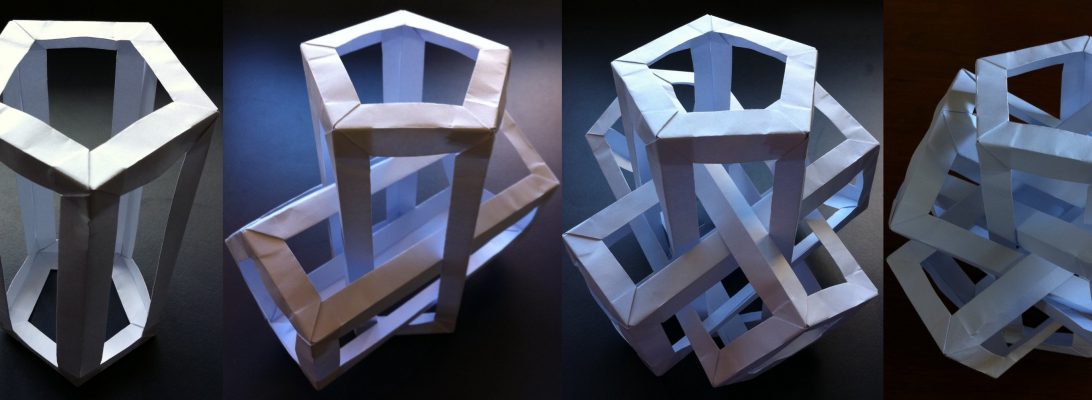It is rare that an idea wakes me up – this one did.

I had a scrap of Kraft paper, tore the edges to make it roughly square, quartered it approximately and then began laying in a series of mountain folds starting off fairly close together, gradually getting further apart. I did this on all 4 axes from the centre. I COULD have been much more precise, but I decided to just wing it.

Now, having a series of mountain folds, i used each as the basis of a shallow pleat (by adding a new valley fold near the mountain but decided to do this in an organised way – starting in the middle, I made a pleat, then rotated the paper 90 degrees clockwise then did the next … rinse and repeat until you run out of mountains.

What emerged from the process was a deeply sculptural surface, with a subtle concave 3D structure.
The net effect of the process was also that the whole structure self-locked – ie. it stops itself unravelling by each additional pleat layer locking the previous one in place.
In my head, this then opens up a HUGE new field of exploration – the order in which I form pleats, how far apart they are etc are all delicious variables I must now explore.

This work is reminiscent of the glorious and textural work of @foldsome (Goran Konjevod), and I now completely understand his fascination with it.
I am so interested that even a scrap of kraft (junk paper I use to wrap other paper things) becomes something so luscious to look at – it also WANTS to be touched – some form of paper magic.

































